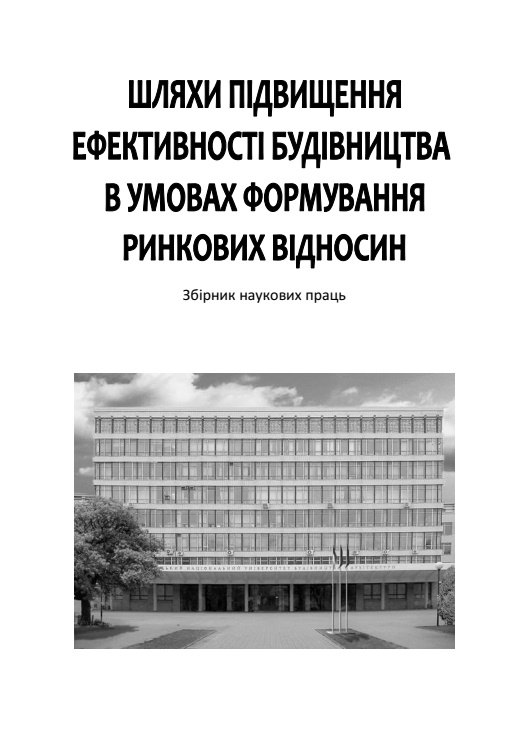Planning-technological concept of one and multiple-built construction objects of multifunctional appointment on the principles of modularity
DOI:
https://doi.org/10.32347/2707-501x.2019.39.94-97Keywords:
multicore building objects, modular construction, life cycle of a building object.Abstract
The article deals with the formation of the main provisions of the planning and technological concept of point building of urban land plots taking into account the concepts of the life cycle of objects and the unstable situation in the market of commercial and residential real estate. The author proposes to use a sound plan scheme with the possibility of creating modular variable parts of the building, depending on the situation on the real estate market, the goals and objectives of the developer of the construction project.References
Технология возведения полносборных зданий / Афанасьев А.А., Арутю-нов С.Г., Афонин И.А., Вильман Ю.А. – М.: Изд-во АСВ, 2007. – 361 с.
Игольников В.М., Черненко В.К., Беляев В.В. Технология возведения объектов из комплектно-блочных устройств. – К.: Будивэльнык, 1991. – 144 е.: ил.
Адам Ф.М. Особенности монтажа быстровозводимых зданий // Монтажные и специальные работы в строительстве. – М., 2001. – № 2. – С. 12-16.
Дьяченко Л.Ю., Дьяченко О.С., Малашенко А.С. // Особливості зведення швидкоспоруджуваних малоповерхових будівель із блок-модулів в Україні. – Вісник Придніпровської державної академії будівництва та архітектури. Вип. 2 (215), 2016. – С. 69-73.
Ulrich Knaack. Prefabricated systems: Principles of constractions. – Birkhäuser Architecture: 1st Edition, 2012. – 136 р.
Ryan E. Smith. Prefab Architecture: A Guide to Modular Design and Construction. – Wiley: 1 edition, 2010. – 384 p.
Mathew Aitchison. Prefab Housing and the Future of Building. – Lund Humphries, 2018. – 192 р.
Ryan E. Smith. Offsite Architecture: Constructing the future. Routledge: 1 edition, 2017. – 308 р.
Downloads
How to Cite
Issue
Section
License

This work is licensed under a Creative Commons Attribution 4.0 International License.
Authors who publish with this journal agree to the following terms:
- Authors retain copyright and grant the journal right of first publication with the work simultaneously licensed under a Creative Commons Attribution License that allows others to share the work with an acknowledgement of the work's authorship and initial publication in this journal.
- Authors are able to enter into separate, additional contractual arrangements for the non-exclusive distribution of the journal's published version of the work (e.g., post it to an institutional repository or publish it in a book), with an acknowledgement of its initial publication in this journal.
- Authors are permitted and encouraged to post their work online (e.g., in institutional repositories or on their website) prior to and during the submission process, as it can lead to productive exchanges, as well as earlier and greater citation of published work (See The Effect of Open Access).

